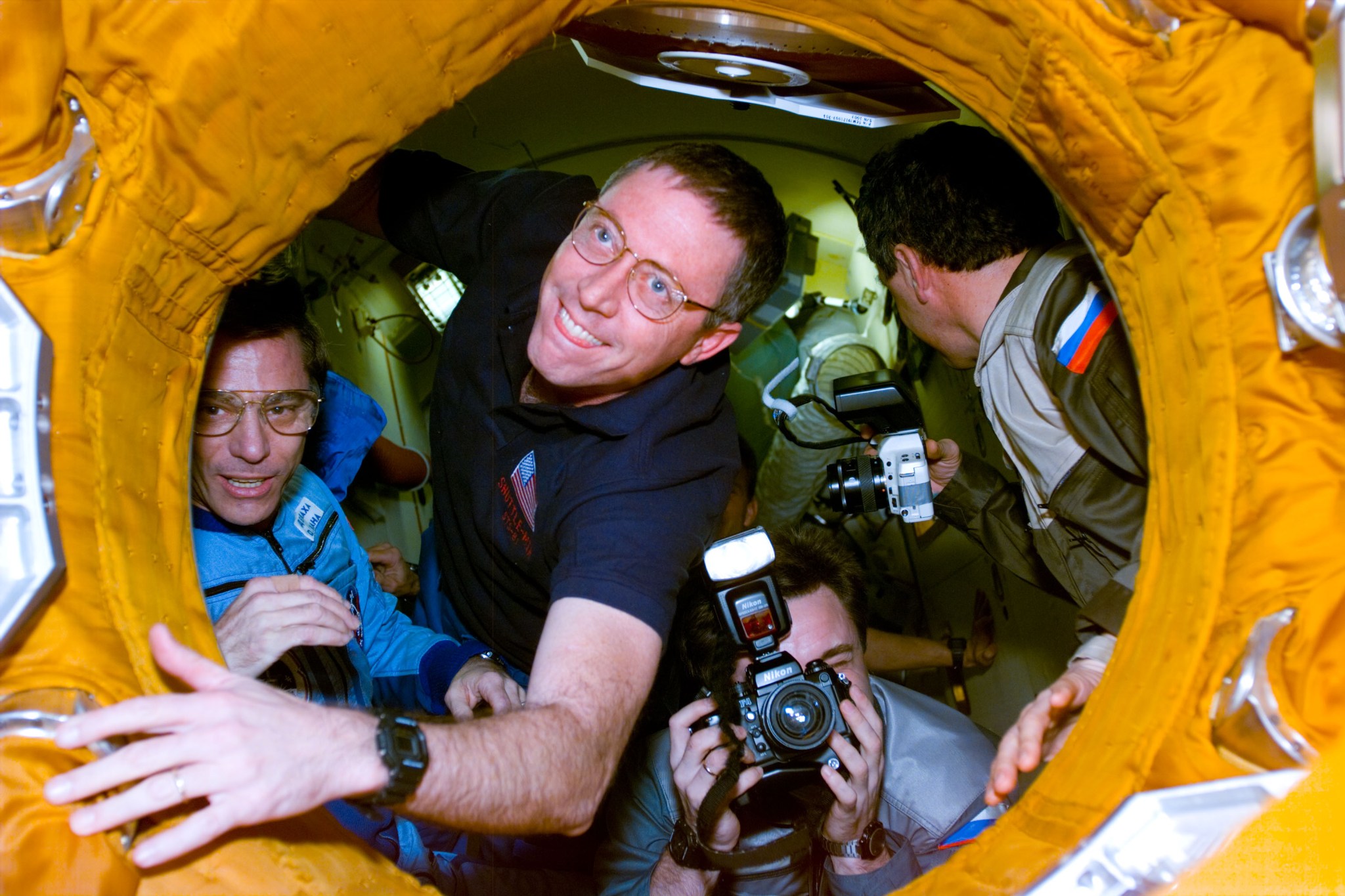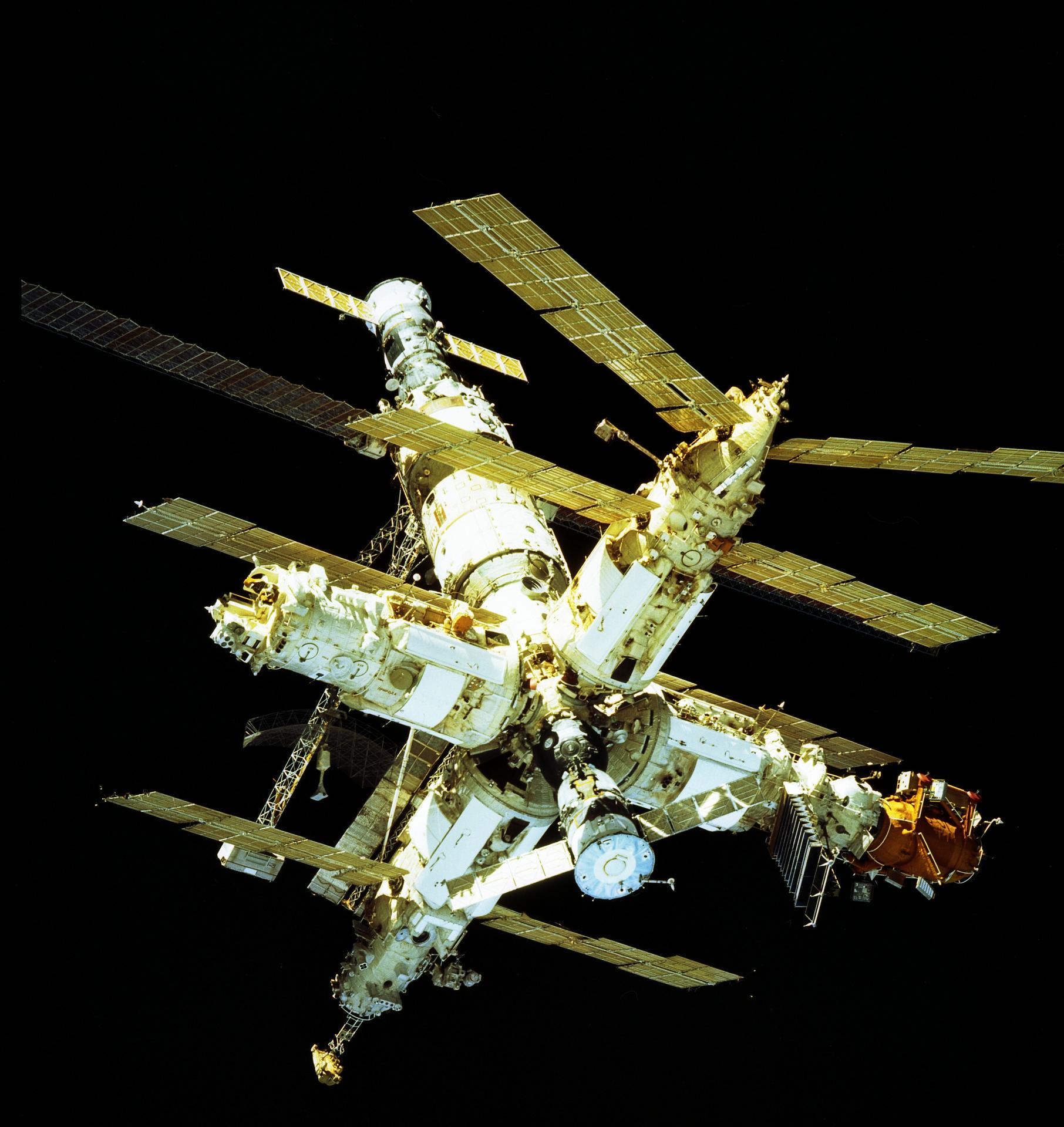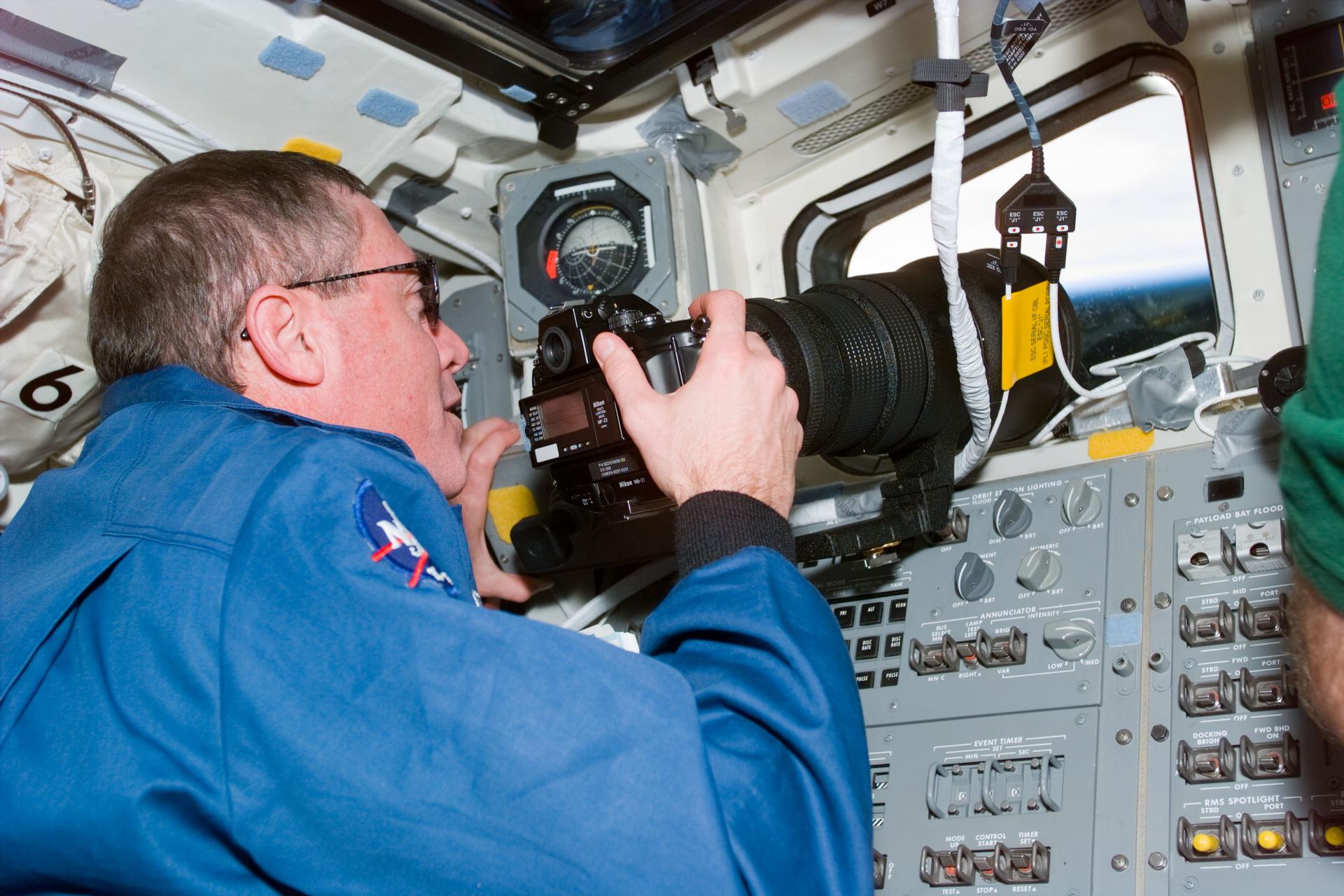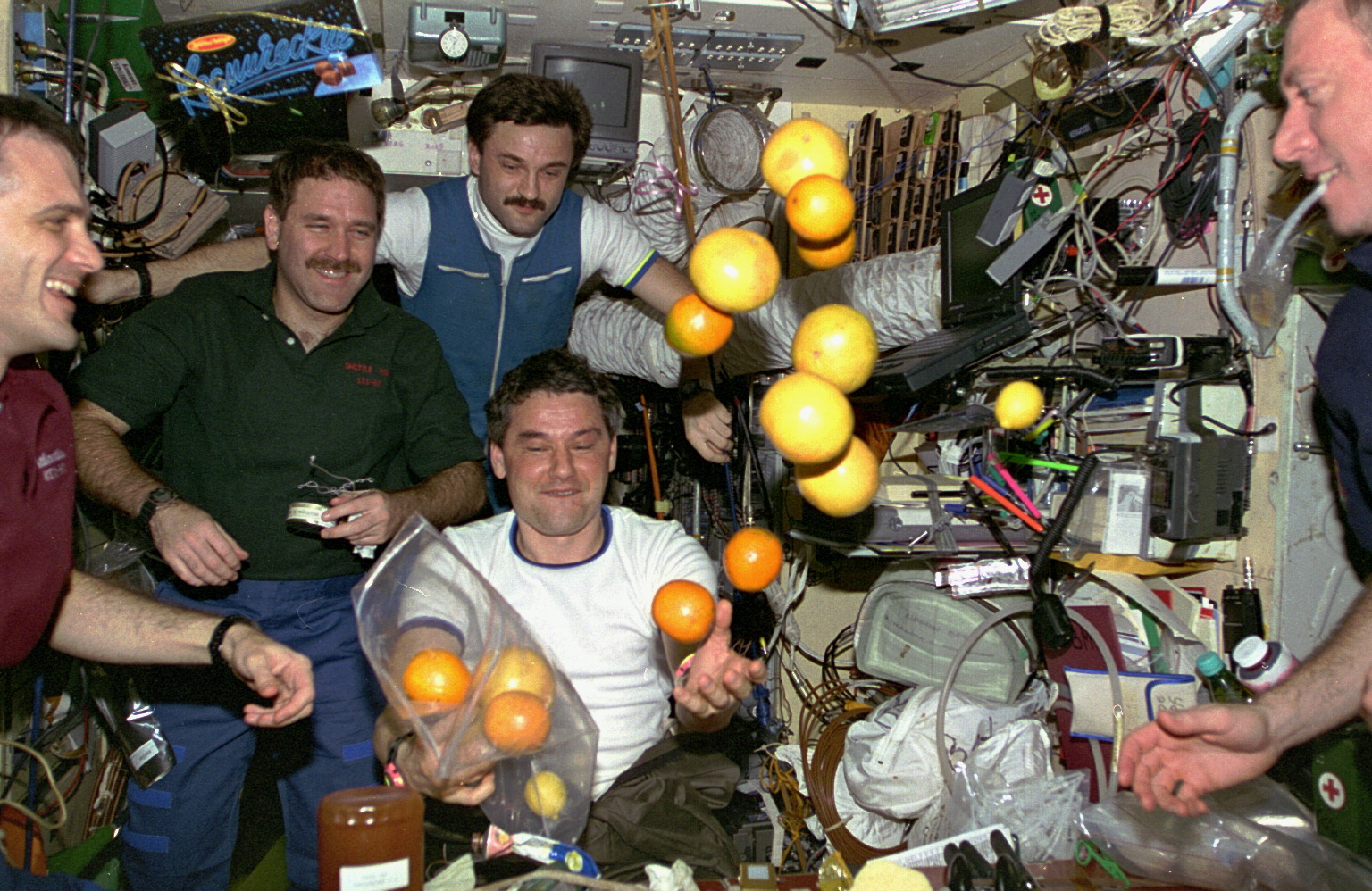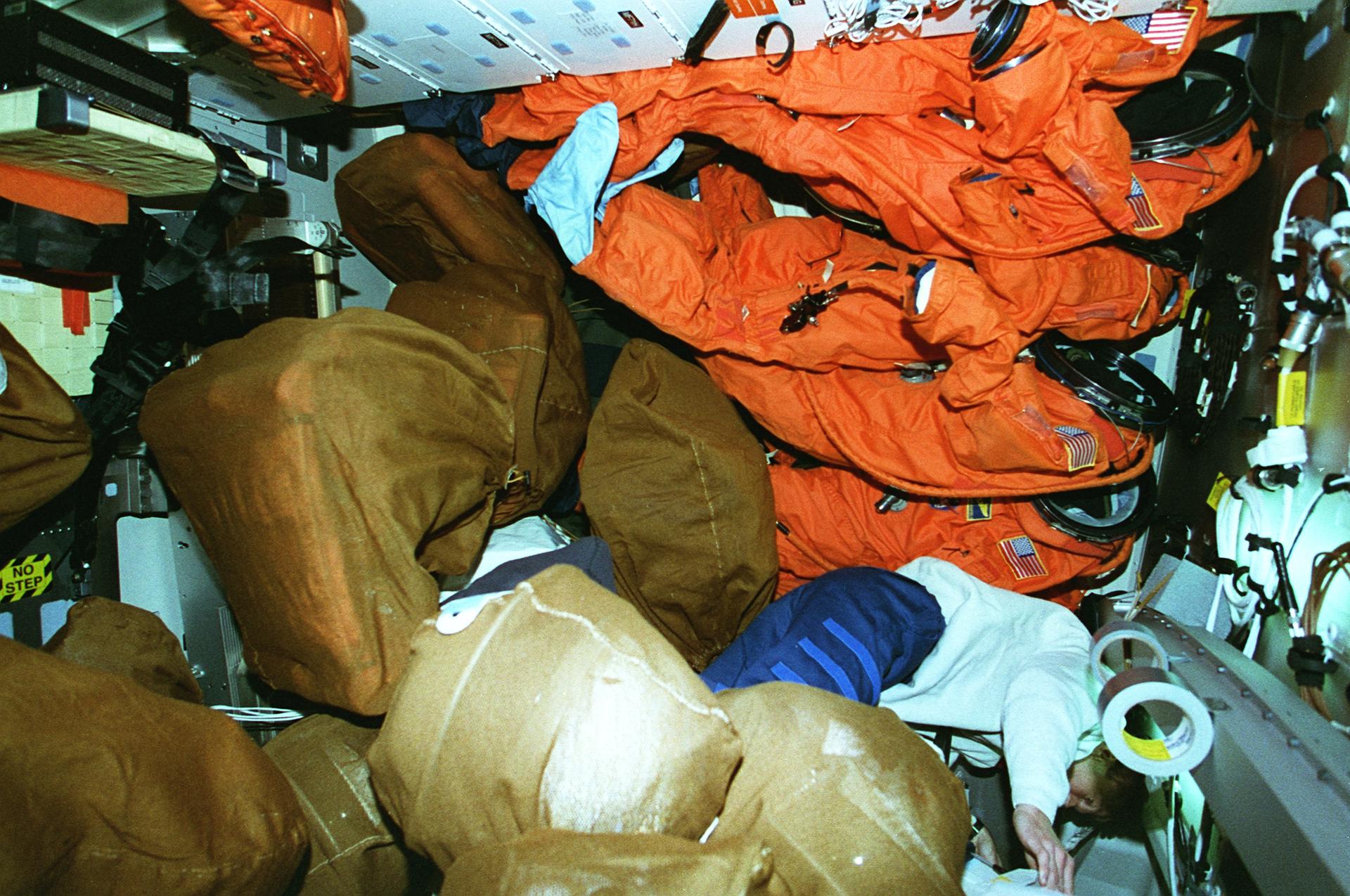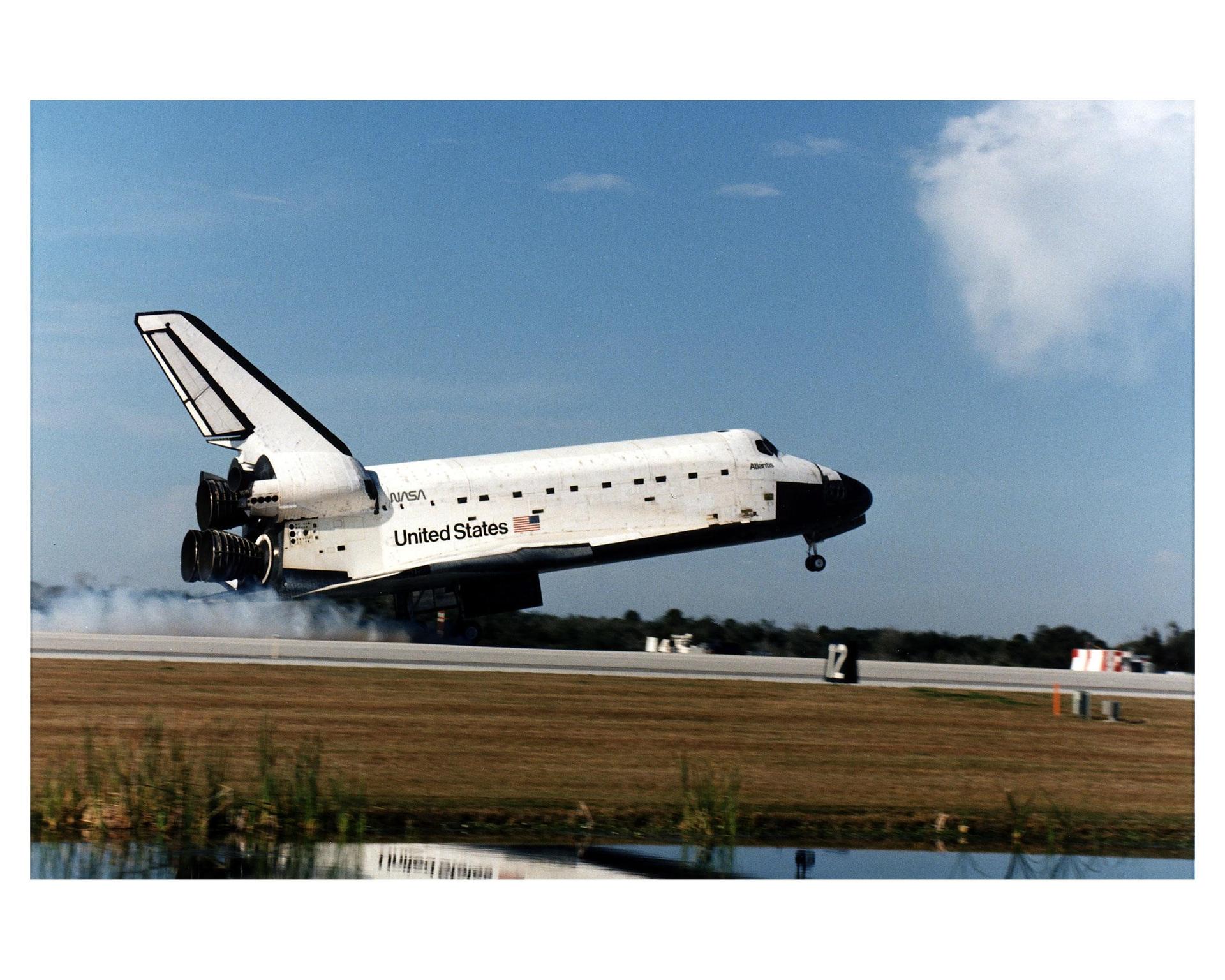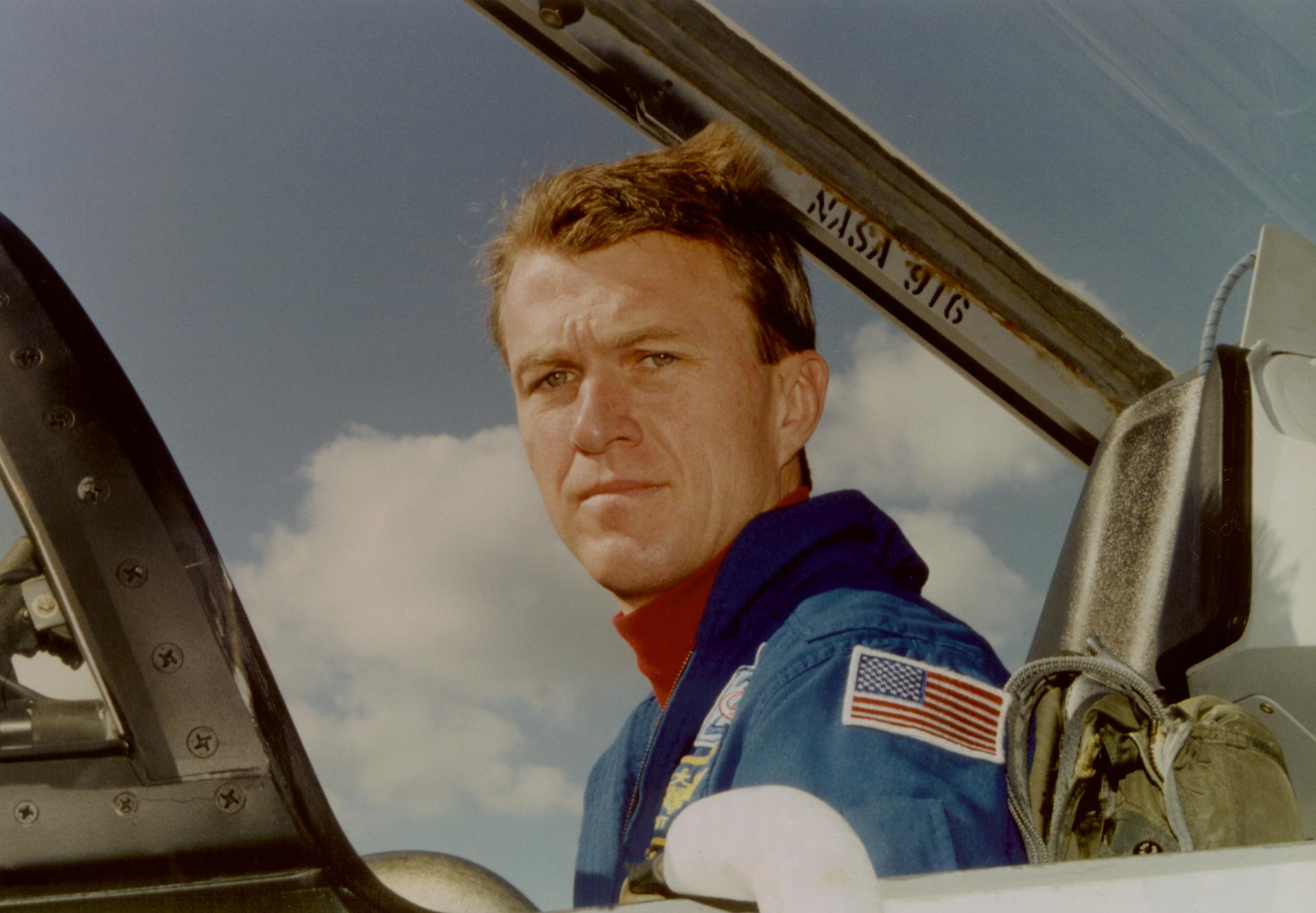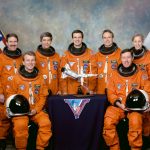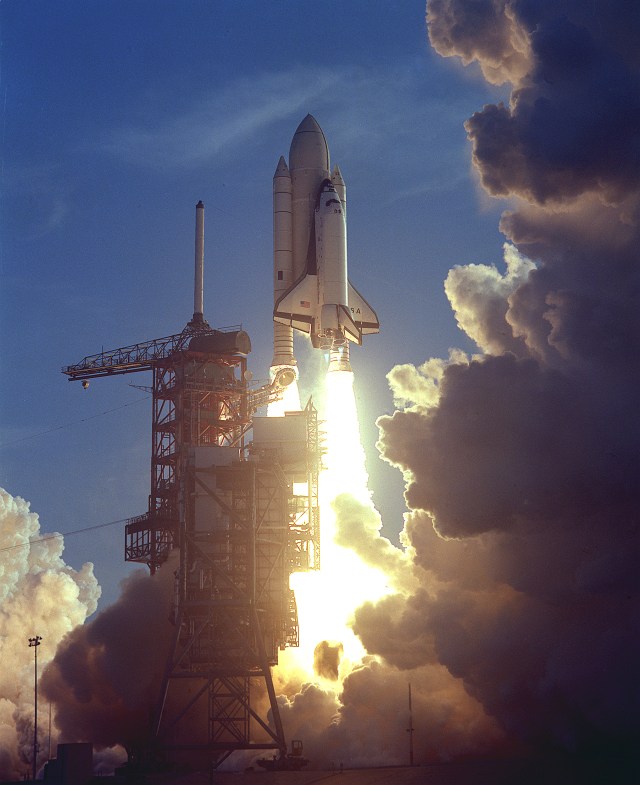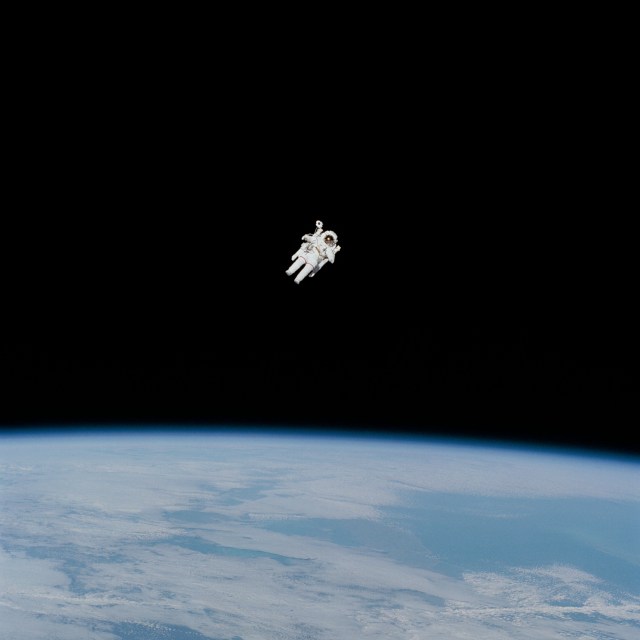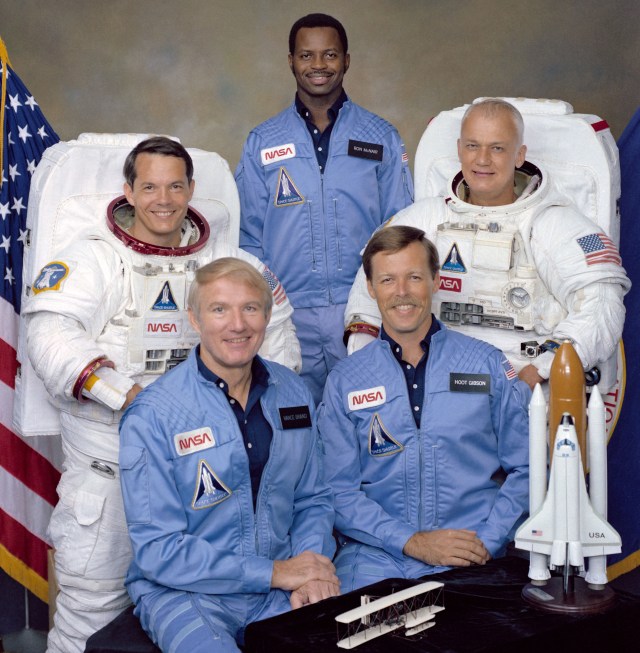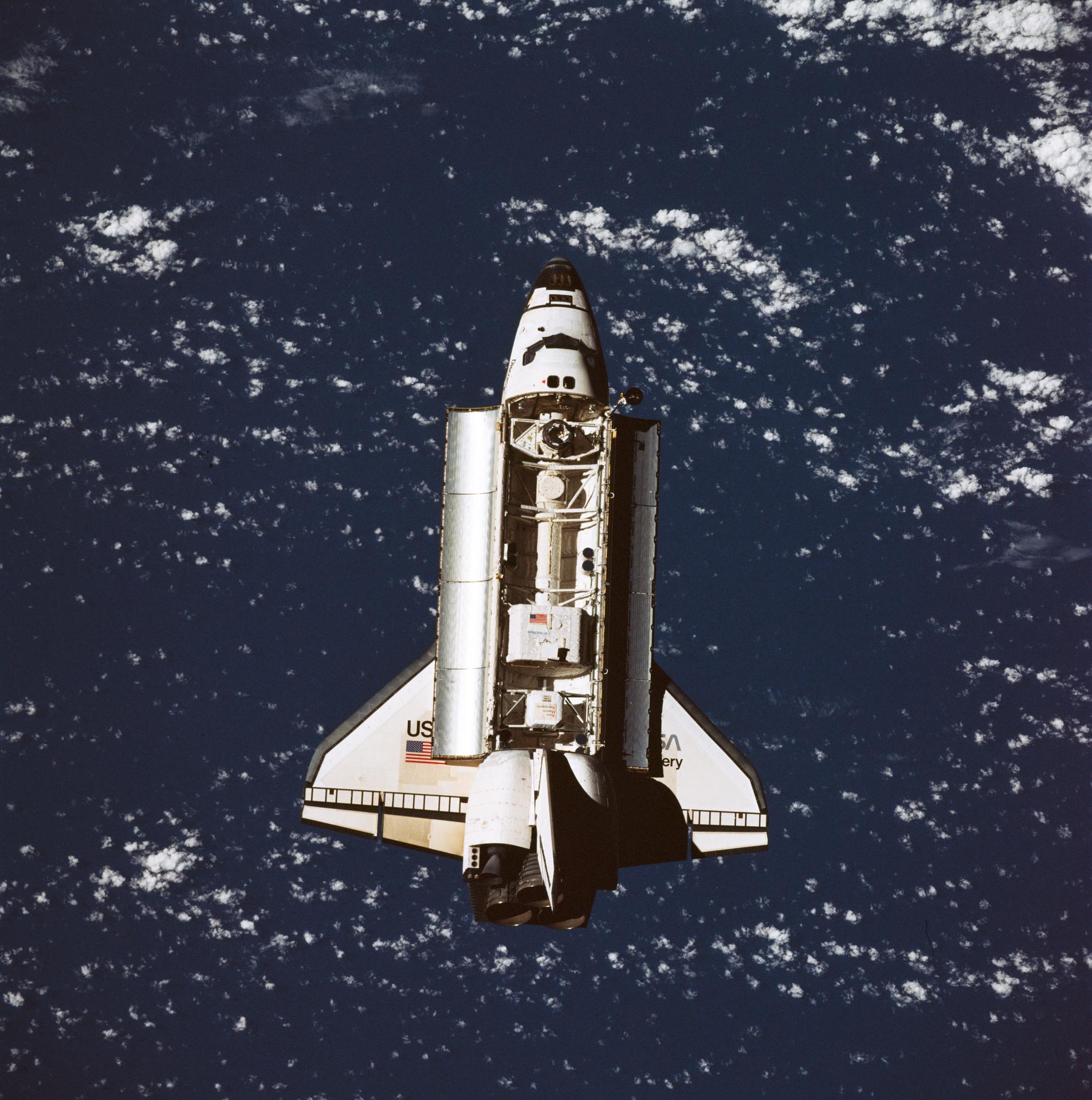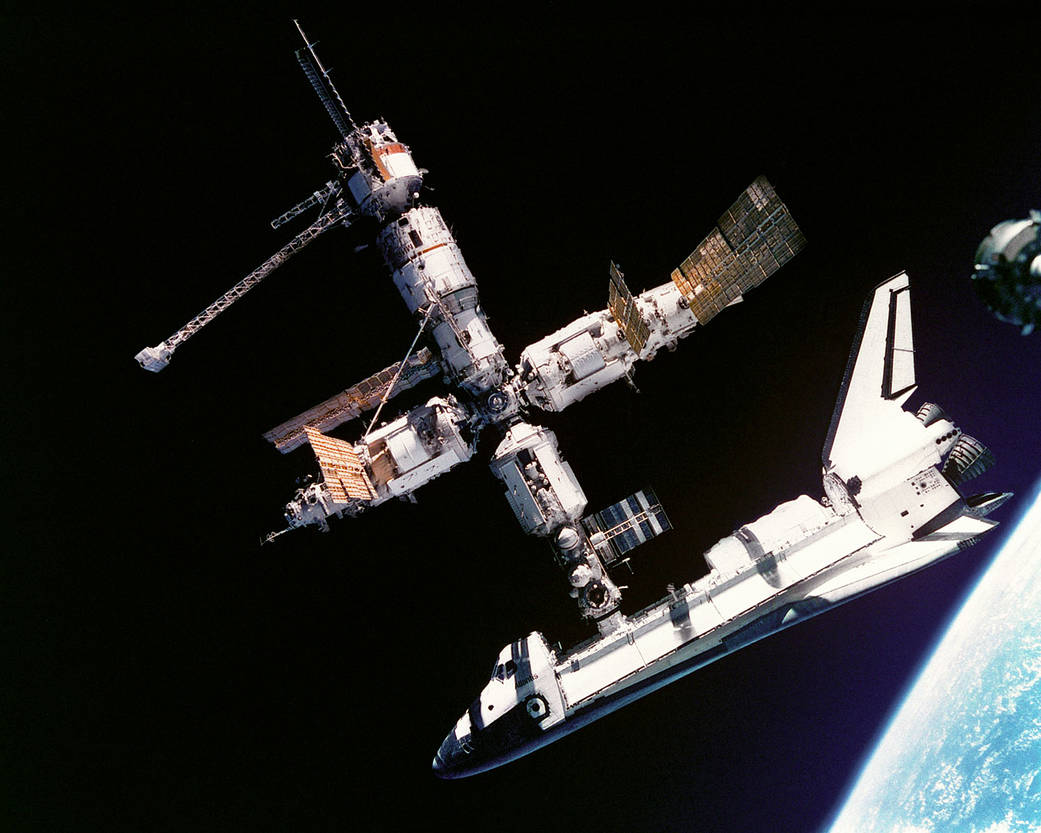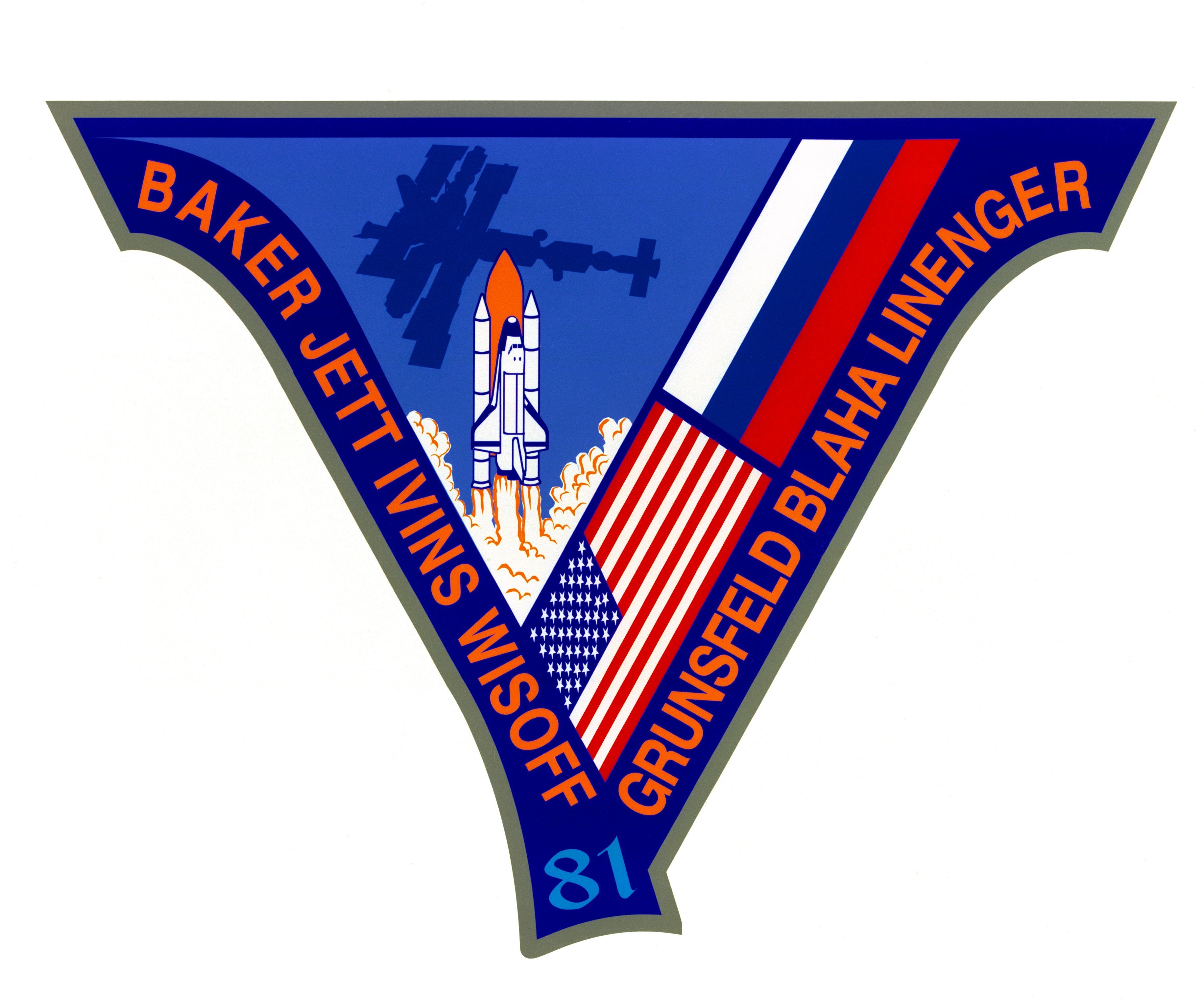
STS-81
STS-81 replaced U.S. astronaut John Blaha with Jerry Linenger, after Blaha's 118-day stay aboard Russian Space Station Mir. It transferred the most materials to date, during this fifth of nine dockings. Atlantis also returned the first plants to complete a life cycle in space — a crop of wheat planted by Shannon Lucid and grown from seed to seed.
Orbiter
Mission Duration
Launch
Landing
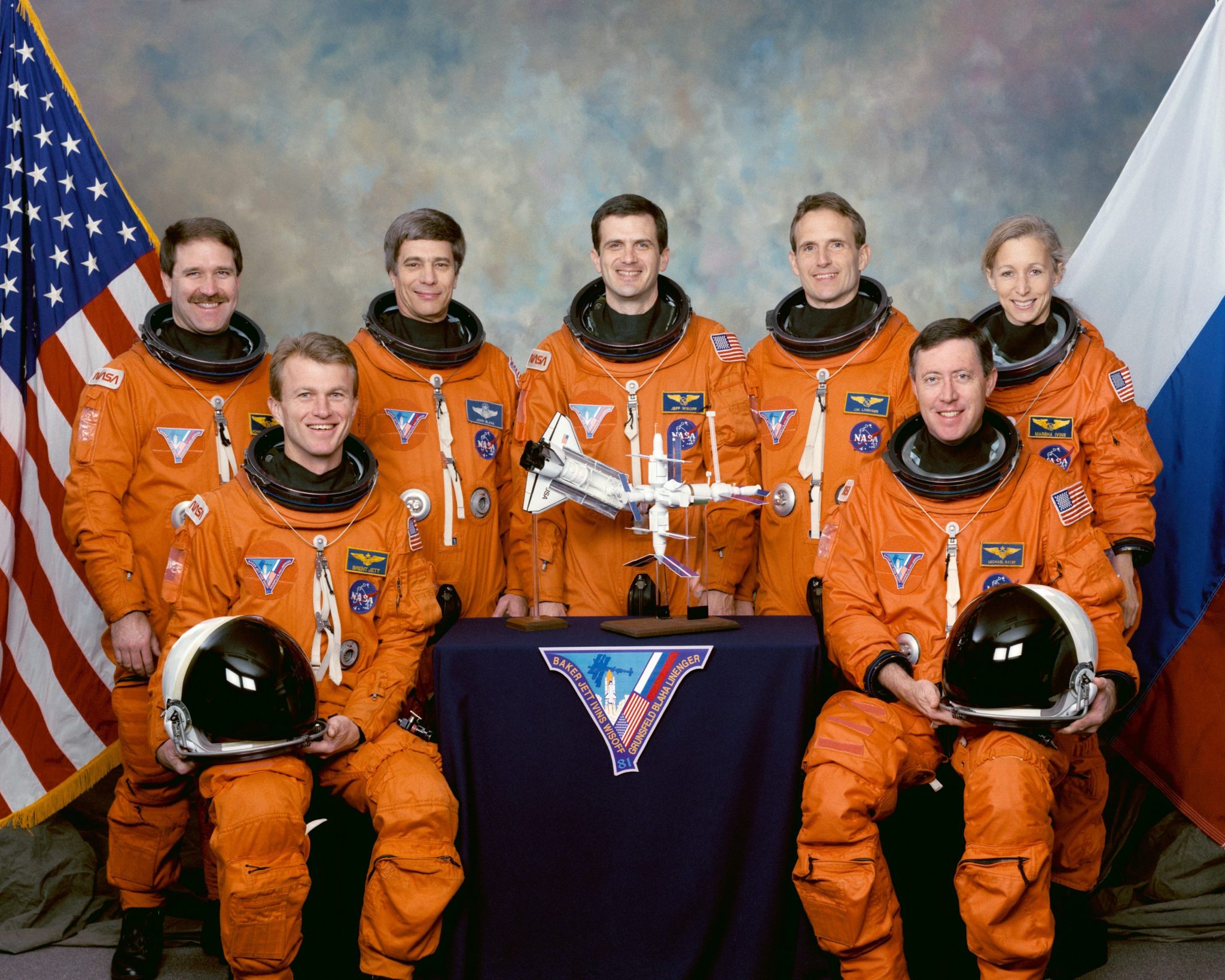
Mission Facts
Mission: Fifth Shuttle-Mir Docking
Space Shuttle: Atlantis
Launch Pad: 39B
Launched: January 12, 1997, 4:27:23 a.m. EST
Landing Site: Kennedy Space Center, Florida
Landing: January 22, 1997, 9:22:44 a.m. EST
Runway: 33
Rollout Distance: 9,350 feet
Rollout Time: 69 seconds
Revolution: 160
Mission Duration: 10 days, 4 hours, 55 minutes, 21 seconds
Orbit Altitude: 184 statute miles
Orbit Inclination: 51.60 degrees
Miles Traveled: 4.1 million
Crew
Michael Baker, Commander
Brent Jett, Pilot
John Grunsfeld, Mission Specialist
John Blaha, Mission Specialist
Peter J.K. (Jeff) Wisoff, Mission Specialist
Jerry Linenger, Mission Specialist
Marsha Ivins, Mission Specialist
Mission Highlights
The first shuttle flight of 1997 which was highlighted by the return of U.S. astronaut John Blaha to Earth after 118-day stay aboard the Russian Space Station Mir and the largest transfer to date of logistics between the two spacecraft. Atlantis also returned carrying the first plants to complete a life cycle in space — a crop of wheat grown from seed to seed. This fifth of nine planned dockings continued Phase 1B of the NASA/Russian Space Agency cooperative effort, with Linenger becoming the third U.S. astronaut in succession to live on Mir. Same payload configuration flown on previous docking flight — featuring SPACEHAB Double module — flown again.
Blaha joined Mir 22 crew of Commander Valeri Korzun and Flight Engineer Aleksandr Kaleri on Sept. 19, 1996, when he arrived there with the crew of STS-79. Linenger was to work with the Mir 22 crew until the arrival in February of the Mir 23 crew of Commander Vasili Tsibliev, Flight Engineer Aleksandr Lazutkin and German researcher Reinhold Ewald. Ewald was to return to Earth with the Mir 22 cosmonauts after a brief stay on the station. Astronaut Michael Foale will replace Linenger on Mir when the STS-84 mission arrives in May 1997.
Docking occurred at 10:55 p.m. EST, Jan. 14, followed by hatch opening at 12:57 a.m., Jan. 15. Linenger officially traded places at 4:45 a.m. with Blaha who spent 118 days on the station and 128 days total on-orbit. During five days of mated operations, crews transferred nearly 6,000 pounds (2,722 kilograms) of logistics to Mir, including around 1,600 pounds of water; around 1,138 pounds of U.S. science equipment; and 2,206 pounds of Russian logistical equipment. About 2,400 pounds of materials returned with Atlantis from Mir.
Crew also tested on the shuttle the Treadmill Vibration Isolation and Stabilization System (TVIS), designed for use in the Russian Service Module of the International Space Station. Another activity related to International Space Station involved firing the orbiter’s small vernier jet thrusters during mated operations to gather engineering data. Undocking occurred at 9:15 p.m. EST, Jan. 19, followed by flyaround of Mir.
No significant in-flight anomalies experienced with orbiter.
STS-81
Shuttle News
Retired Space Shuttle Locations
Shuttle Atlantis – Kennedy Space Center Visitor Complex Shuttle Discovery – Steven F. Udvar-Hazy Center Shuttle Endeavour – California Science…
Read the Story



























